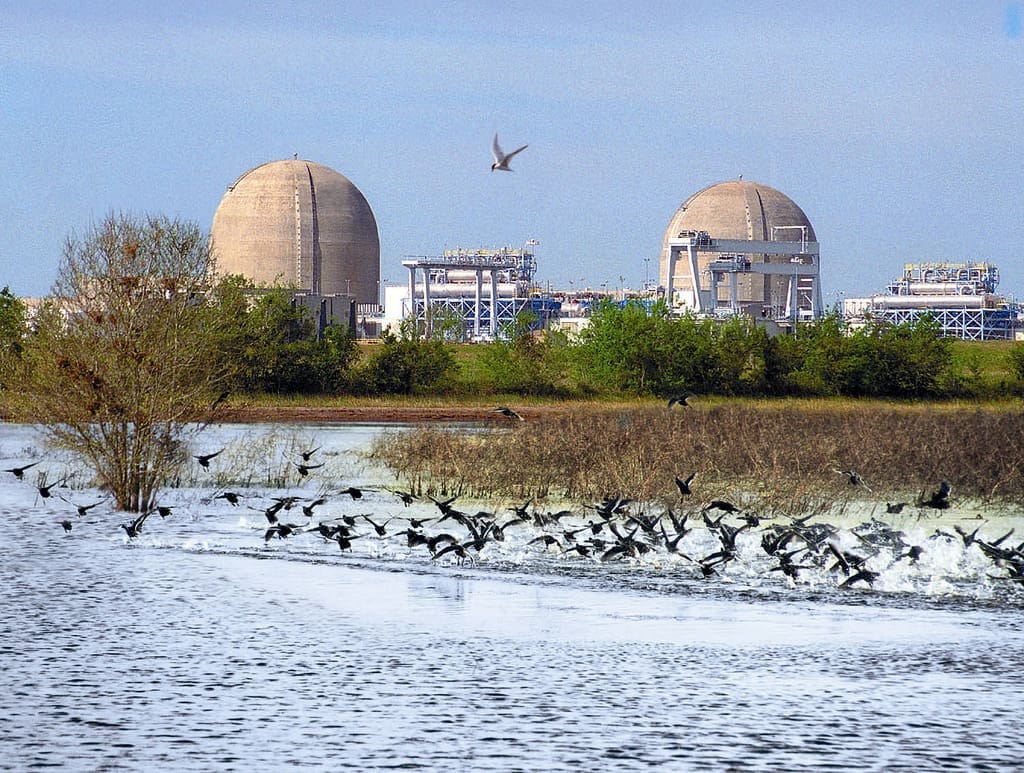With winter on the horizon, the Federal Energy Regulatory Commission (FERC) released a report calling into question the ability of Texas’ power grid to withstand extreme weather conditions.
FERC’s Winter Energy Market and Reliability Assessment predicts conditions for the upcoming winter, analyzes the energy market, and assesses the reliability of power grids across the country. Although the 2022-2023 report forecasted relatively average temperatures for most regions, FERC highlighted the instability of Texas’ energy supply in emergency conditions.
Currently, Texas is the only state operating its own power grid. The Electric Reliability Council of Texas (ERCOT) tracks electricity usage and supplies power to more than 26 million Texans, covering nearly 90 percent of the state’s energy supply. The organization is a “membership-based 501(c)(4) nonprofit corporation,” and ERCOT members include “consumers, cooperatives, generators, power marketers, retail electric providers, investor-owned electric utilities, transmission and distribution providers, and municipally owned electric utilities.”
After a record-breaking winter storm swept across Texas in February of 2021, the organization came under intense public scrutiny. As temperatures dipped below zero, ERCOT implemented rolling blackouts as the power grid struggled to keep up with the high-energy demand. For days, millions of Texans suffered through extreme weather conditions without electricity.
The power grid’s failure led Texans to question how ERCOT operates. Many blamed ERCOT’s board of directors, but some pointed to state lawmakers. Although ERCOT functions independently, the state Legislature and the Public Utility Commission of Texas are responsible for oversight. Additionally, Gov. Greg Abbott appointed all three members of the Public Utility Commission.
Despite Abbott’s claims in May 2021 that “everything that needed to be done was done to fix the power grid in Texas” after signing two ERCOT reform bills into law, the new FERC report contradicts his statement. Although the assessment found that Texas’ grid is prepared for average winter temperatures, FERC said the state’s power supply is still vulnerable to extreme winter weather conditions.
The report indicates that in an extreme winter weather event similar to the 2021 storm, Texas’ power grid may run over allotted energy stores by 18.1 gigawatts–enough energy to power around 3.6 million homes.
Following the report’s release, Rich Parsons, a spokesman for the Public Utility Commission of Texas, disputed FERC’s account in a statement to the Austin American-Statesman, claiming the report contained “inaccuracies.” However, Parsons did not specify which section of the study contradicted ERCOT’s internal data.
Following the complaint, FERC updated the assessment to include ERCOT’s winter preparedness test results, which found a low risk probability of the state declaring an Energy Emergency Alert and running low on energy supplies during another winter storm. However, the revised version of FERC’s assessment maintains that ERCOT is vulnerable to extreme conditions.
With Texas’ next legislative session beginning in January and winter fast approaching, lawmakers must decide if they will prioritize fixing the power grid and protecting the state’s energy supply.





